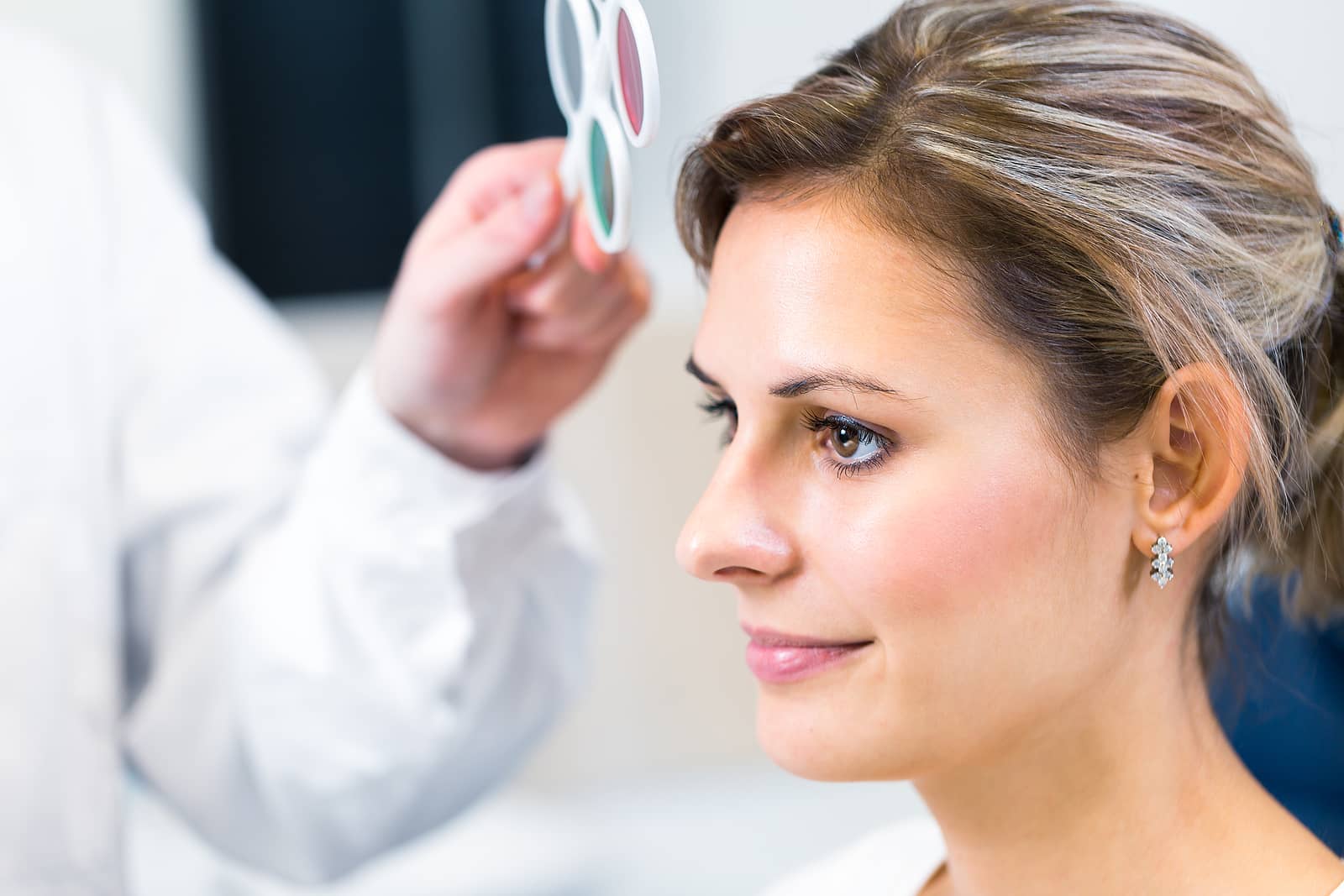St Clair Eye Clinic Things To Know Before You Get This
The Definitive Guide for St Clair Eye Clinic
Table of ContentsThe Main Principles Of St Clair Eye Clinic The Basic Principles Of St Clair Eye Clinic Indicators on St Clair Eye Clinic You Need To KnowMore About St Clair Eye ClinicAn Unbiased View of St Clair Eye ClinicThe Only Guide to St Clair Eye ClinicWhat Does St Clair Eye Clinic Do?St Clair Eye Clinic Fundamentals Explained
Safeguarding your eyes from ultraviolet (UV) radiation is just as vital as putting on sunscreen to secure your skin, and it is a concern through every period of the year. The glow from snow can be just as harmful as the glare from water. Many age-related eye illness may be partly brought on by UV direct exposure throughout your life.
In enhancement to ideal sunglasses, wearing a wide-brimmed hat or baseball cap can provide further protection. * Get in touch with your physician of optometry before your appointment to identify if there are any additional prices. * Talk to your physician of optometry prior to your visit to figure out if there are any added costs.
The Only Guide for St Clair Eye Clinic
There are 13 different components to a complete (extensive) eye exam. 7 of the eye test components revolve around exactly how your eyes function and exactly how they show up on the exterior.
That chart has a big letter or icon at the top, and each line of letters/symbols gets gradually smaller the farther down the graph you go. This part checks just how well you see in each different section of your line of vision in each eye. It can discover spaces or dead spots that shouldn't exist.
The smart Trick of St Clair Eye Clinic That Nobody is Talking About
Your provider will test each eye on its own and afterwards both eyes with each other. In this component, your carrier analyzes the conjunctiva, a slim, clear membrane that covers the white area (sclera) of your eye and the within of your eyelids. The ocular adnexa includes all the parts of your eye and face that aren't the eyeball itself.

Not known Facts About St Clair Eye Clinic
Your expert will consider the lens's clarity and structure. Your specialist will certainly consider the optic disk (where the optic nerve affixes to the eyeball) and the optic mug (the bowl-shaped point at the center of the disk). They'll likewise check the cup-to-disk ratio. If the ratio is reduced, it can suggest a higher danger of problems like ischemic optic neuropathy.
They'll inspect it for creases, color adjustments or damages. The 13th eye test part rotates around just how well your brain is working. It's not constantly part of an eye test, however it can be really vital in some conditions. And oftentimes, your professional can do this part of the evaluation simply by making discussion with you.
St Clair Eye Clinic Things To Know Before You Get This
That's since eye signs can in some cases suggest brain issues. A regular or follow-up eye examination generally doesn't need much prep work (optometrist near me). It's like a yearly appointment where you go to the appointment, have the examination and after that go back to your day-to-day routine. One point you need to do is take a full checklist of all your medicines, vitamins and supplements.
That lets them create a prescription for eyeglasses that can remedy the mistake. They can likewise take specific measurements of your eyeball itself, which are necessary if you intend to put on call lenses. After a routine eye test, your eye care professional will certainly discuss what they found and what it indicates for you.
Everything about St Clair Eye Clinic
Federal guidelines call for that they give you a paper or digital duplicate, even if you don't desire it. A few states also need that the paper duplicate of the prescription include your pupillary range (the distance between the pupils of your eyes), which you need to buy glasses online. Numerous states do not require carriers to give you that measurement, however some carriers will give it to you if you ask.

Not known Details About St Clair Eye Clinic
The only part of an eye exam that has possible dangers or side results is the medicine your expert makes use of to dilate your pupils. They can trigger adverse effects if you're sensitive to them. The signs and symptoms differ depending upon the drug, yet they're uncommon and usually minor - eye dr toronto. If you have a background of responses to these medicines, tell your eye care expert.

An eye test involves Continued a complete, thorough examination of your eyes and visual health. During the examination, our medical professionals will certainly ask you about your case history, family history of any illness or wellness concerns, drugs you might be taking, or concerning any kind of current health center visits. These are all components that can influence your vision in one means or another.
The Ultimate Guide To St Clair Eye Clinic
If you have not been to the eye doctor in greater than a year, it's time to schedule a consultation for an eye test.
This special resource is a useful, easy-to-use overview for the non-ophthalmologist health care service provider as they encounter people with eye problems and other worrying sensory problems. The Columbia Guide to Basic Aspects of Eye Care is particularly created with the non-ophthalmologist in mind, and offers a structure of fundamental eye makeup and physiology, practical evaluation, pathology, and ideas in eye treatment.